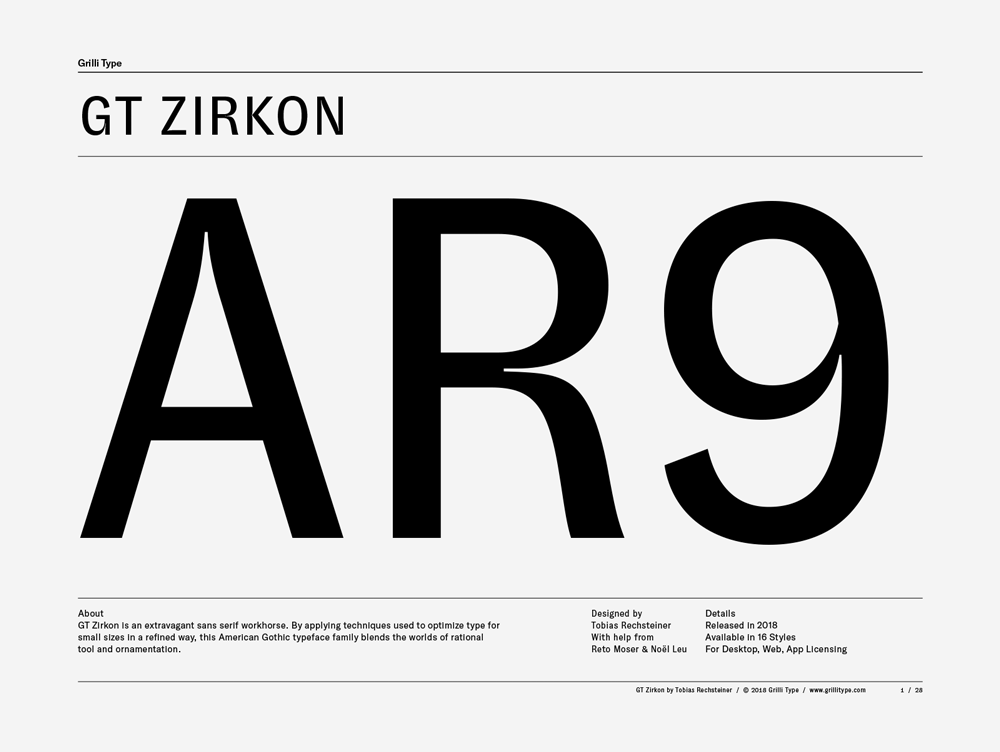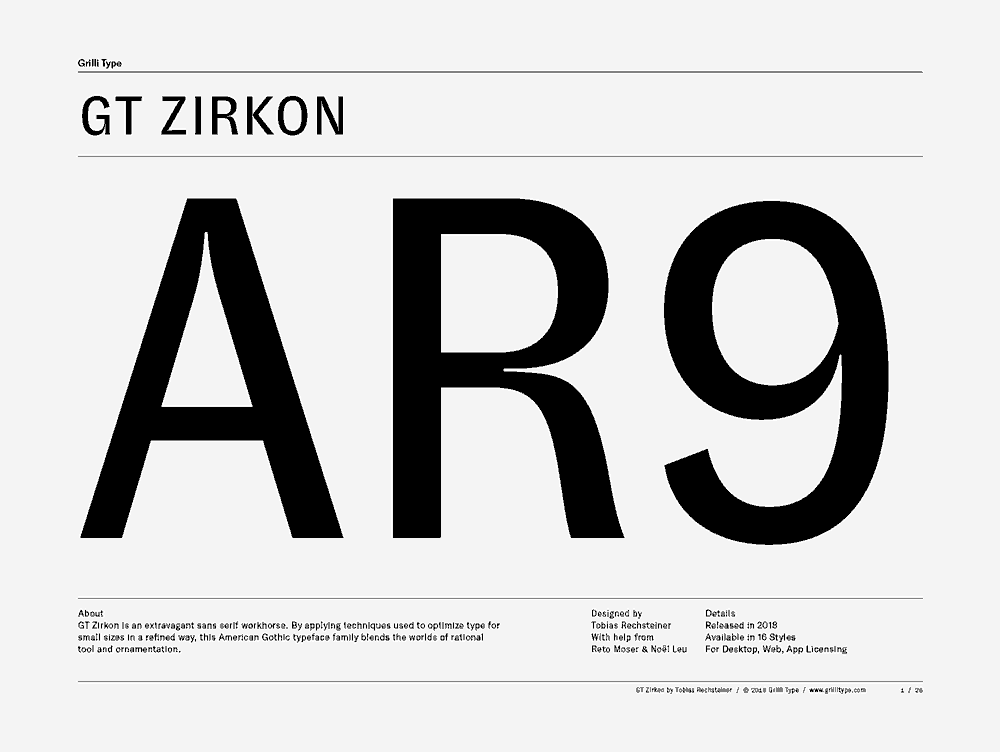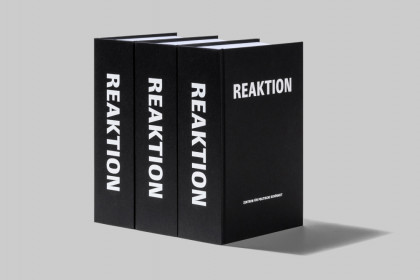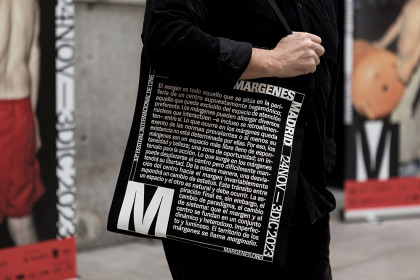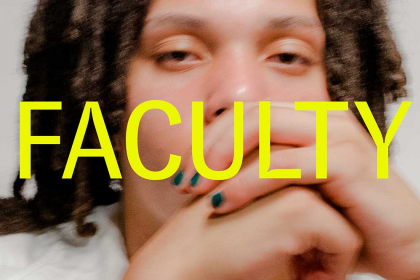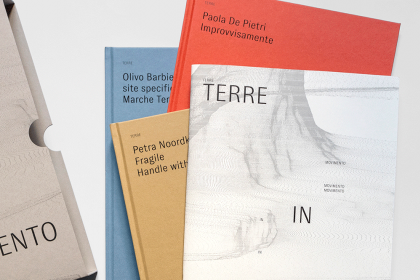GT Zirkon
Family overview
- Ultra Light Italic
- Thin Italic
- Light Italic
- Book Italic
- Regular Italic
- Medium Italic
- Bold Italic
- Black Italic
- Ultra LightCrystals are almost always terminated with a pyramidal termination, and may be doubly terminated, and occasionally entirely pyramidal resembling an octahedron.
- Ultra Light ItalicZircon is an important gemstone, with several color forms used in various forms of jewelry.
- ThinResearchers found that same carbon 12 isotope in the diamond specks, indicating that they may have been formed from ancient microbes that were buried deep underground and subjected to enormous pressure.
- Thin ItalicDuring the growth process, crystals are also highly susceptible to consciousness imprinting, whereby the meditations, through-patterns, healing energy or bioelectric field identity of the grower may be enjoined within the crystalline structure and memory.
- LightZircons from Jack Hills in the Narryer Gneiss Terrane, Yilgarn Craton, Western Australia, have yielded U-Pb ages up to 4.404 billion years
- Light ItalicAs short and stubby crystals, as well as prismatic which are sometimes elongated.
- BookNew York University chemists have created three-dimensional DNA structures, a breakthrough bridging the molecular world to the world where we live.
- Book ItalicZircons from Jack Hills in the Narryer Gneiss Terrane, Yilgarn Craton, Western Australia, have yielded U-Pb ages up to 4.404 billion years
- RegularThe name zircon is taken from the name of the mineral zircon, the most important source of zirconium.
- Regular ItalicMineral classification schemes and their definitions are evolving to match recent advances in mineral science.
- MediumIn crystal growth, combinations of light intensity, light color, electric current, sound, the direction of these, plus the shape and size (frequency pattern) of the container or room, will all affect the final characteristics and energy potentials of a desired stone.
- Medium ItalicManly P. Hall and other students of esoteric wisdom have also noted that many ancient crystals were produced by ‘zodiacal formulae’ grown at specific times, when the sun, moon and planets were in special heavenly positions.
- BoldSilicon and oxygen constitute approximately 75% of the Earth’s crust, which translates directly into the predominance of silicate minerals.
- Bold ItalicIn crystal growth, combinations of light intensity, light color, electric current, sound, the direction of these, plus the shape and size (frequency pattern) of the container or room, will all affect the final characteristics and energy potentials of a desired stone.
- BlackScientists then studied the diamonds’ composition, looking specifically at their carbon isotopes.
- Black ItalicIn crystal growth, combinations of light intensity, light color, electric current, sound, the direction of these, plus the shape and size (frequency pattern) of the container or room, will all affect the final characteristics and energy potentials of a desired stone.
- Settings
Typeface information
GT Zirkon is an extravagant sans serif workhorse. It blends the worlds of rational tool and ornamentation by applying techniques used to optimize type for small sizes in a refined way.
Typeface features
OpenType features enable smart typography. You can use these features in most Desktop applications, on the web, and in your mobile apps. Each typeface contains different features. Below are the most important features included in GT Zirkon’s fonts:
- SS01
- Alternate Arrows
Volume ↗
- SS02
- Alternate f
Refraction
- ONUM
- Oldstyle Figures
0123456789
- SMCP
- Small Caps
Ore Deposit
Typeface Minisite
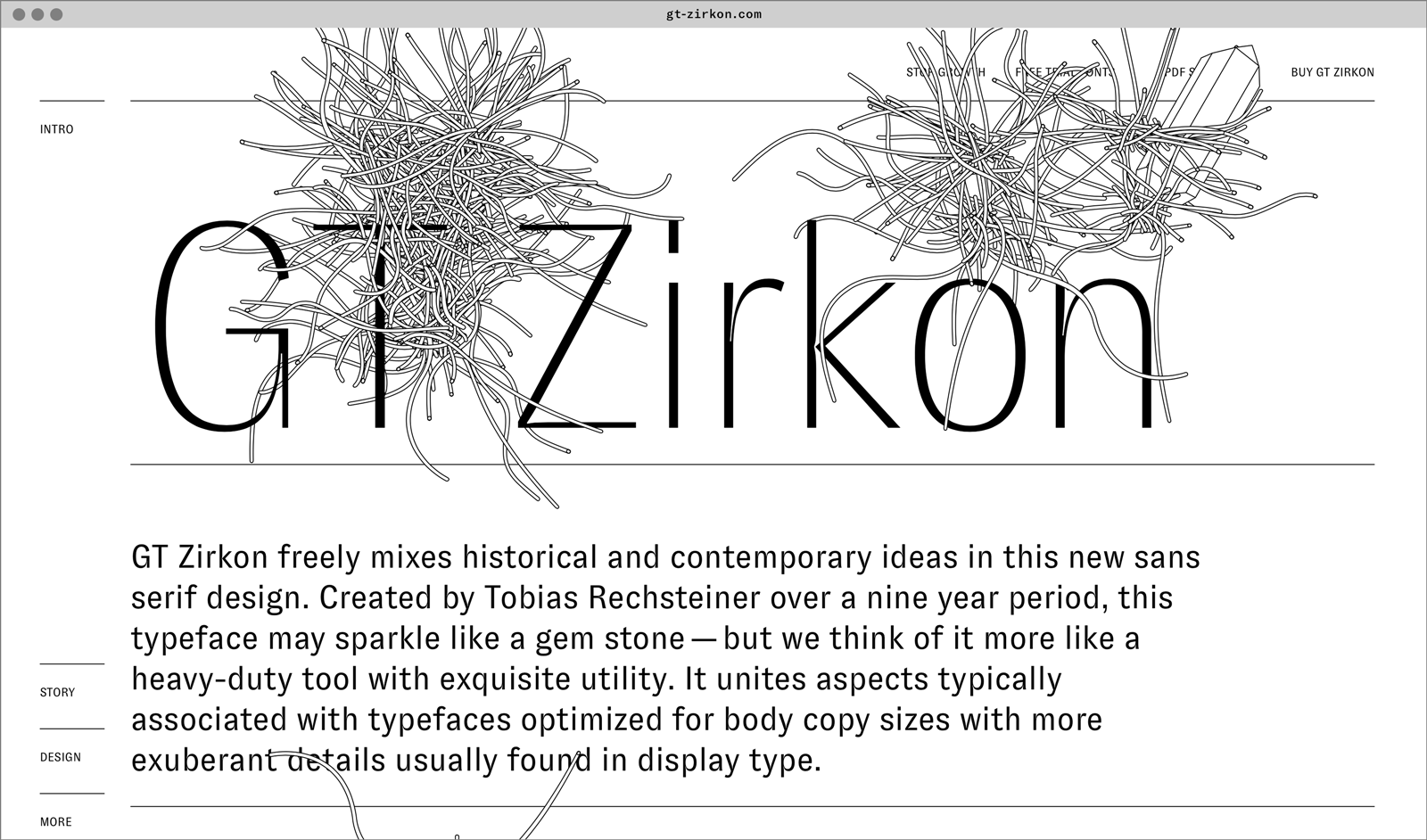
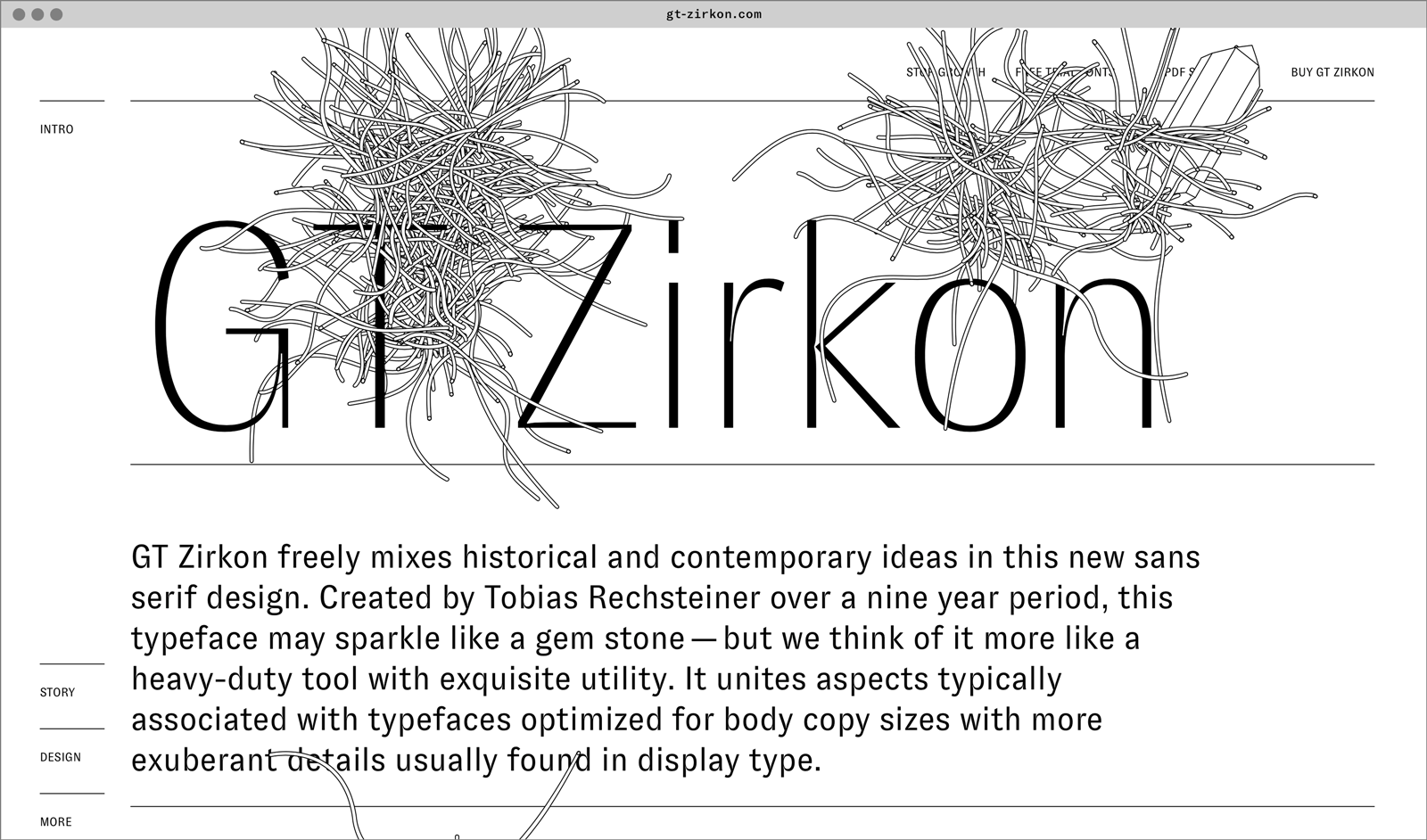
- Visit the GT Zirkon minisite to discover more about the typeface family’s history and design concept.
GT Zirkon in use
